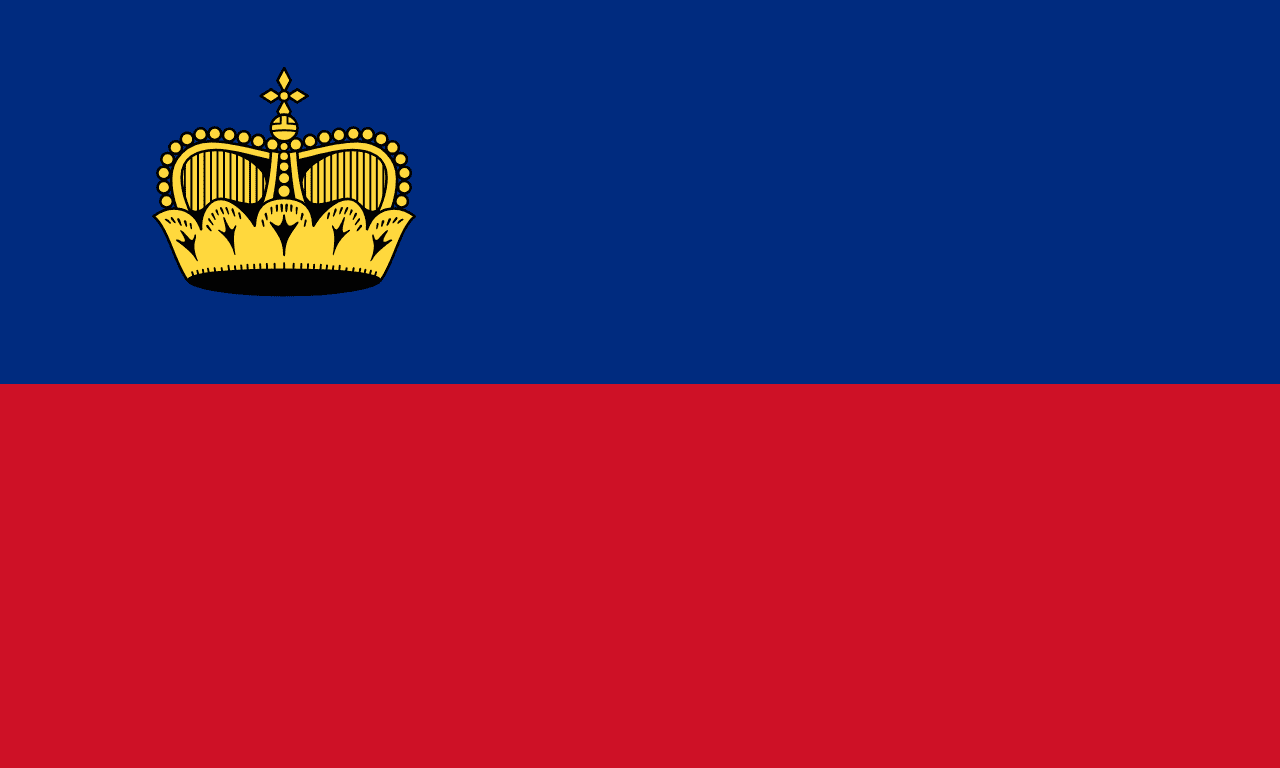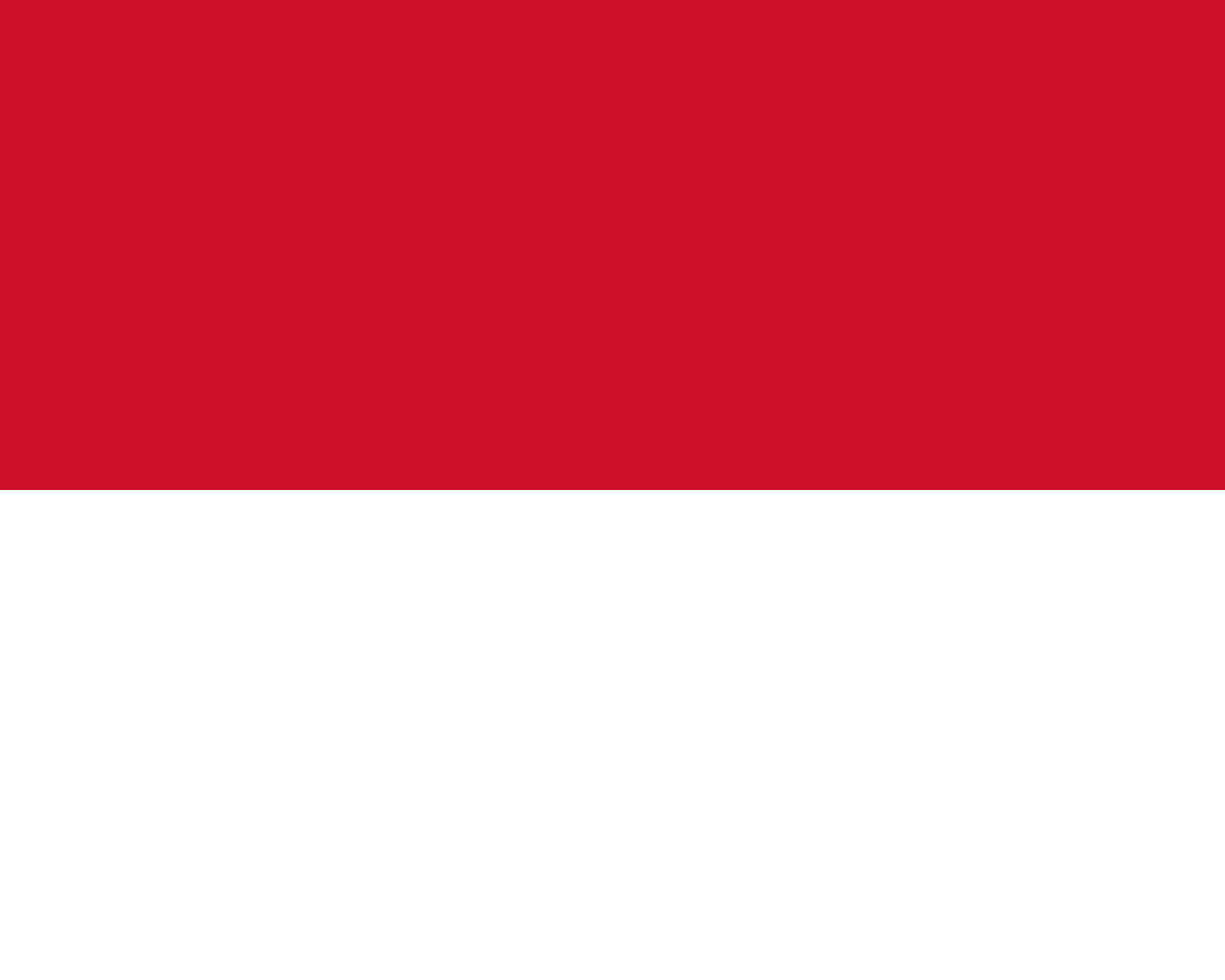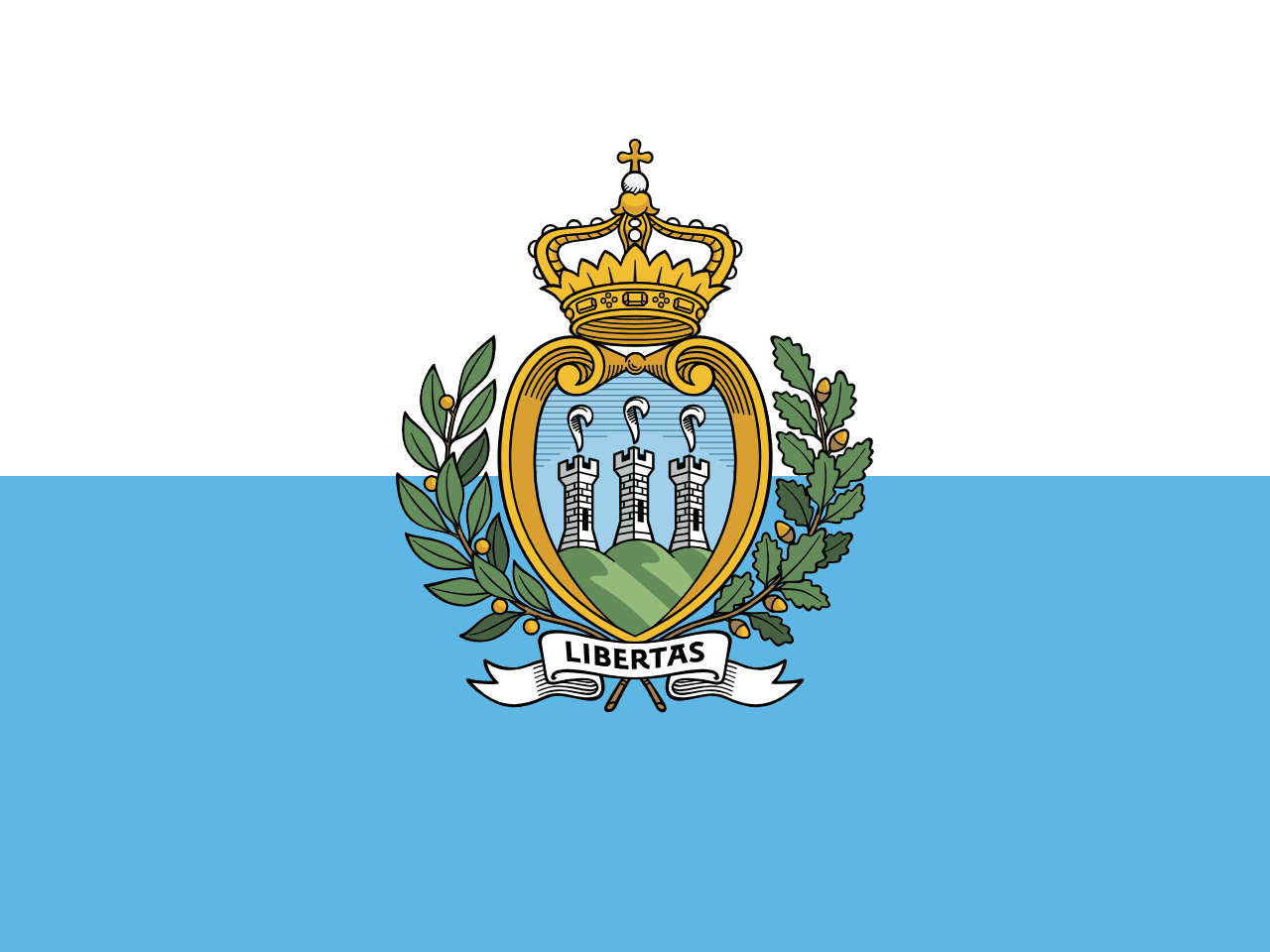Switzerland Flag Meaning
A red square field with a white Greek cross in the center, representing the Christian faith that united the early Swiss cantons and the blood shed in defense of freedom, with origins dating back to the Holy Roman Empire and medieval Swiss military banners.
- Continent
- Europe
- Adopted
- 1889
- Ratio
- 1:1
- Colors
- red, white
- Designer
- Unknown (medieval origins)

Symbolism
Red Field: Represents the blood shed by Swiss soldiers in defense of their homeland and freedom, symbolizing the courage and sacrifice of those who fought to establish and maintain Swiss independence and neutrality.
White Cross: Represents the Christian faith that provided spiritual unity among the diverse cantons and peoples of Switzerland, symbolizing the moral foundation and peaceful intentions of the Swiss Confederation.
Square Format: Switzerland is one of only two countries (with Vatican City) to have a square flag, making it distinctive and reflecting the practical military origins when square banners were easier to carry in battle.
Greek Cross: The equal-armed cross distinguishes the Swiss flag from other Nordic crosses, representing the universal Christian message of peace and the democratic equality among all Swiss cantons.
History
- 58 BC-401 AD: Roman conquest brought Latin culture and Christianity to the Celtic Helvetii tribes, establishing towns like Augusta Raurica and connecting the Alpine region to the broader Roman world.
- 401-1291: After Roman withdrawal, various Germanic tribes settled the region, which became part of the Holy Roman Empire with local nobles ruling different areas under imperial authority.
- August 1, 1291: The Forest Cantons of Uri, Schwyz, and Unterwalden formed a defensive alliance (the Rütli Oath), traditionally considered the founding of the Swiss Confederation.
- 14th-15th Century: The Swiss Confederation expanded through military victories against Habsburg forces and gained additional cantons, establishing its reputation for military prowess and independence.
- 1515: The Battle of Marignano ended Swiss territorial expansion and established the tradition of neutrality that would become central to Swiss identity and foreign policy.
- 1648: The Peace of Westphalia formally recognized Swiss independence from the Holy Roman Empire, confirming the confederation's sovereignty and neutral status in European conflicts.
- 1798-1815: Napoleon's invasion created the Helvetic Republic, centralizing power and ending the old confederation, though Swiss resistance eventually restored cantonal autonomy.
- 1848: The new federal constitution transformed Switzerland from a loose confederation into a modern federal state with a central government while preserving cantonal rights and direct democracy.
- December 12, 1889: The current flag design was officially adopted by federal law, standardizing the proportions and design that had been used informally for centuries.
- 1914-1945: Switzerland maintained armed neutrality during both world wars, though this neutrality was tested by territorial violations, espionage, and economic pressures from all sides.
- 1945-Present: Post-war Switzerland became a center for international organizations while maintaining neutrality, developing into a global financial center and hub for diplomacy and humanitarian work.
Trivia
- Switzerland is famous for its direct democracy, where citizens regularly vote on hundreds of issues through referendums and initiatives, giving them more political power than in most countries.
- The flag represents a country that is home to numerous international organizations including the UN European headquarters, WHO, CERN, and the International Red Cross and Red Crescent Movement.
- Switzerland has four official languages - German, French, Italian, and Romansh - reflecting its position at the crossroads of European cultures and its federal system respecting linguistic diversity.
- The country is renowned for precision manufacturing including luxury watches, with Swiss timepieces like Rolex, Patek Philippe, and Omega being symbols of quality and craftsmanship worldwide.
- Swiss banking secrecy laws, though recently relaxed under international pressure, made Switzerland a global financial center attracting wealth from around the world.
- The flag flies over a country that invented milk chocolate, with companies like Nestlé, Lindt, and Toblerone making Swiss chocolate synonymous with premium quality.
- Switzerland has mandatory military service for men and maintains one of the world's most comprehensive civil defense systems, with fallout shelters for the entire population.
- The Alps cover about 60% of Swiss territory, making the country a premier destination for skiing, mountaineering, and alpine tourism, with some of the world's most famous peaks.
- Swiss pharmaceutical companies including Novartis and Roche are global leaders in drug development and medical research, contributing significantly to healthcare advances worldwide.
- Traditional Swiss culture includes yodeling, alphorn music, folk dancing, and festivals that celebrate the country's Alpine heritage and cantonal diversity.
- The flag represents a country with one of the world's highest standards of living, consistently ranking at the top of quality of life indices despite high costs.
- Switzerland's rail system is famous for its punctuality, frequency, and scenic routes, with trains reaching some of the most remote Alpine villages and tourist destinations.
- The country has a unique militia system where soldiers keep their weapons at home after service, contributing to high gun ownership rates but low crime rates.
- Swiss cheese varieties like Gruyère, Emmental, and Appenzeller are protected designations that reflect centuries of Alpine dairy farming traditions and expertise.
- Despite its small size and neutrality, Switzerland punches above its weight in innovation, consistently ranking among the world's most innovative and competitive economies.
Related Countries

Liechtenstein
Europe
Two horizontal stripes of blue and red with a golden crown in the upper left corner, representing this Alpine principality that is one of the world's smallest and wealthiest nations.

Monaco
Europe
Two horizontal stripes of red and white derived from the heraldic colors of the House of Grimaldi, representing one of the world's smallest sovereign states and oldest ruling dynasties.

Luxembourg
Europe
Three horizontal stripes of red, white, and light blue representing the Grand Duchy of Luxembourg, one of Europe's smallest but wealthiest nations and a founding member of the European Union.

San Marino
Europe
White and light blue horizontal bicolor with coat of arms featuring three towers representing the ancient fortress republic on Mount Titano.

France
Europe
Revolutionary tricolor symbolizing liberty, equality, and fraternity.

Austria
Europe
Three horizontal stripes of red, white, and red, representing one of the world's oldest national flag designs, allegedly inspired by Duke Leopold V's blood-stained white surcoat after the Battle of Acre in 1191, and symbolizing the courage, honesty, and strength of the Austrian people.